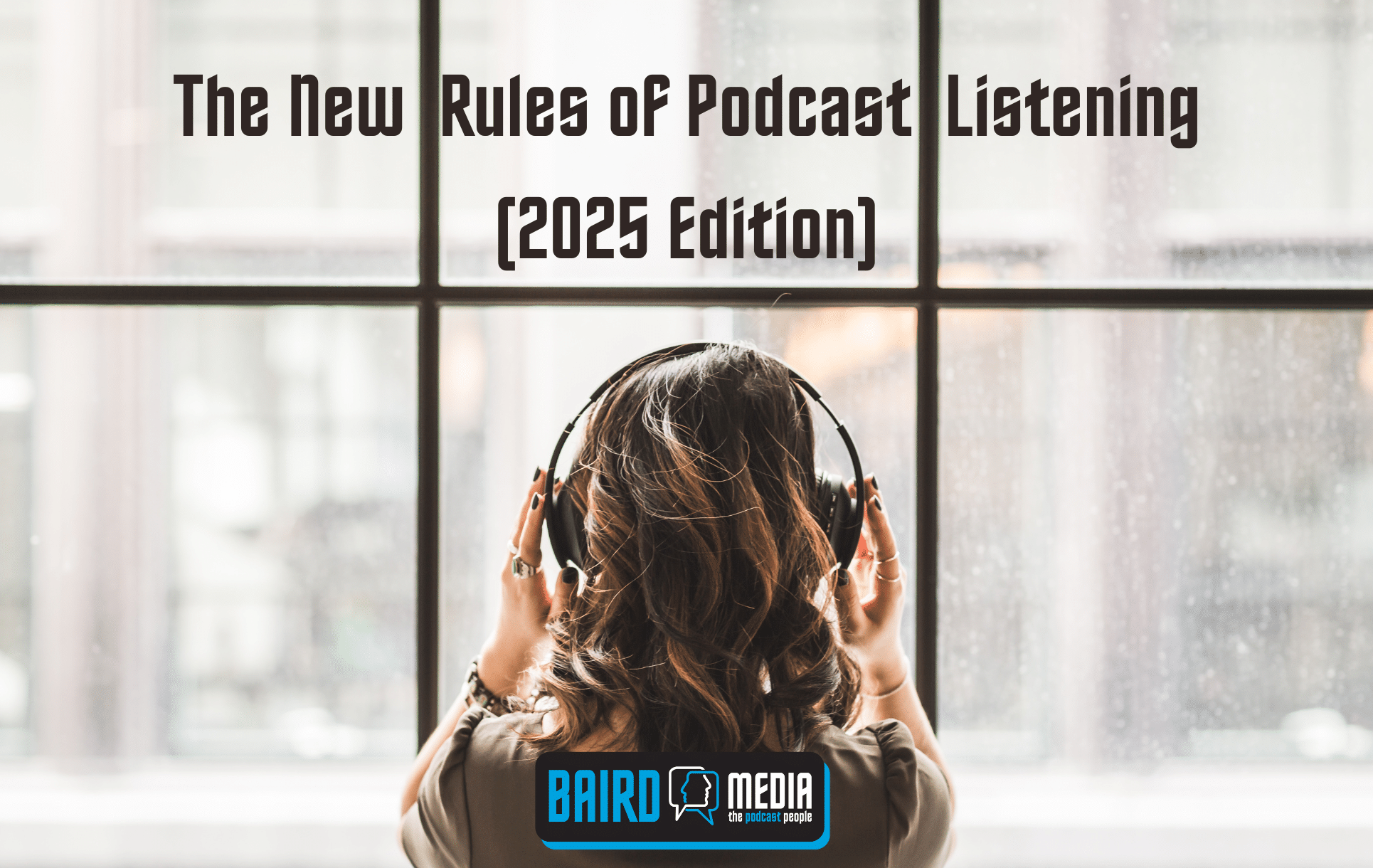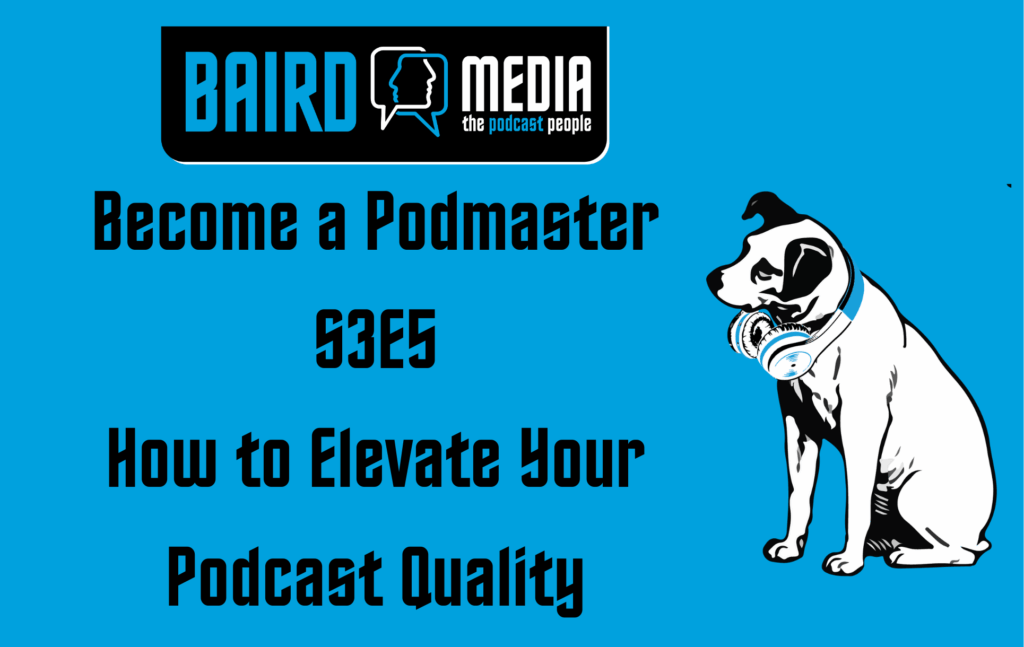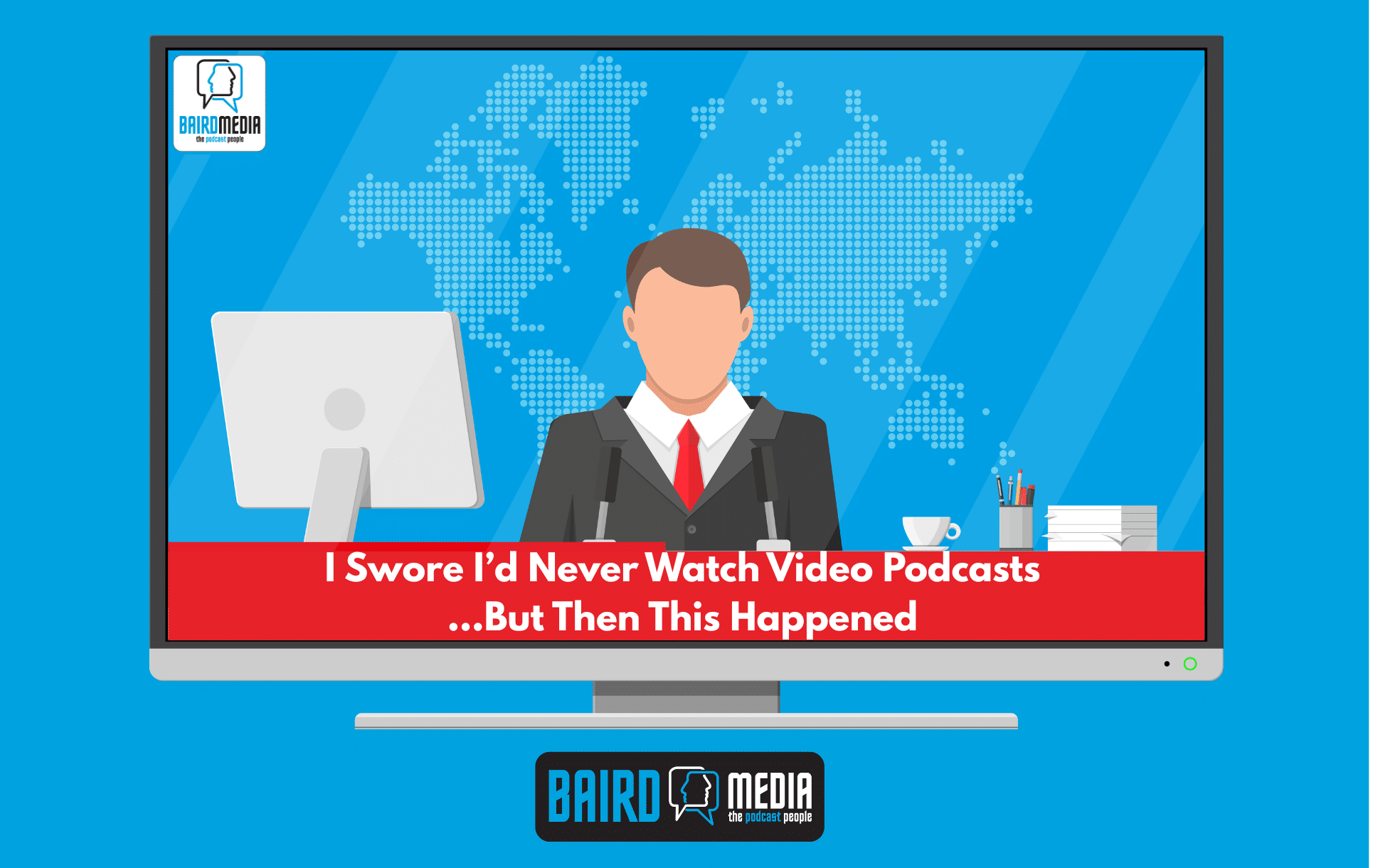

Great podcasts don’t start with big budgets.
They start with smart decisions.
In Episode 5 of Become a Podmaster™, Hendrik and Ethan dig into one of the most important but overlooked elements of podcasting: audio quality.
If your content is gold but your sound is tinny, you risk losing listeners before they even hear what you have to say.
The good news?
You don’t need expensive gear or a professional studio to sound great.
What you need is a clear understanding of how sound works—and how to work with what you’ve got.
As Ethan puts it, “You can get away with bad video, but not bad sound.”
In today’s world of visual podcasting and TikTok clips, it’s easy to assume that video is king.
But when listeners hit play on a podcast, they expect to be immersed in sound.
If the audio is harsh, inconsistent, or hard to follow, they’ll check out fast, no matter how good the conversation is.
The irony?
Fixing sound is often easier than fixing content.
You can’t rewrite a boring interview, but you can learn to mic yourself properly, treat your space, and clean up noise in post-production.
One of the biggest misconceptions in podcasting is that good sound requires fancy gear.
But as Hendrik and Ethan explain, the mic you use is only part of the story.
What really makes the difference is how you use it—and where you record.
Simple fixes like placing your mic the right distance from your mouth, avoiding plosive sounds, and reducing background noise can instantly improve your sound.
Even the best mic won’t help if you’re recording in a tiled bathroom or next to a fridge.
You don’t need a soundproof booth—you need a quiet, soft space.
Carpets, curtains, cushions, and bookshelves are your friends.
Many podcasters have recorded excellent episodes in closets, under duvets, or surrounded by pillows.
As Shannon from Solid Gold puts it, “You don’t need a fancy setup to make good audio—you just need to care.”
Nicole Engelbrecht, another respected podcaster mentioned in the episode, famously used a cardboard box setup to improve her acoustics.
The lesson?
Use what you have, but use it wisely.
After recording comes editing, and this is where you can truly level up your sound.
Hendrik and Ethan recommend free and accessible tools like Audacity, Descript, and Adobe Podcast Enhance.
These platforms allow you to clean up noise, balance levels, and add polish to your episodes – even if you have no audio engineering background.
Audacity is perfect for beginners: it’s free, versatile, and well-supported.
Descript offers text-based editing, making it easier for content-focused creators to refine their audio.
Adobe Podcast Enhance uses AI to dramatically improve audio quality with one click, especially helpful for remote or mobile recordings.
The key takeaway?
Editing doesn’t need to be complex.
It just needs to be consistent.
A key question raised in the episode is whether content or production matters more.
The answer?
It depends – but consistency is what ties them together.
You can have world-class content, but if the sound is too rough, you’ll lose listeners.
And you can have studio-quality production, but if you have nothing to say, no one will care.
The most successful podcasters find the balance: sound that’s good enough to let the content shine.
As the team from Solid Gold points out, the ideal is to have both—but always prioritize clarity, not perfection.
Know what kind of show you’re making and aim to meet the expectations of your audience.
Length is another area where many podcasters struggle.
Hendrik and Ethan offer a practical suggestion: start with 25 minutes.
It’s long enough to develop a point but short enough to hold attention.
You can always expand later, but starting shorter helps with editing, publishing consistency, and building momentum.
More important than the runtime is the value per minute.
If you’re interesting and your audio is clear, people will listen, whether it’s 10 minutes or an hour.
Listeners forgive a lot if they know what to expect.
If your sound improves every few episodes, they’ll notice—and appreciate it.
But if your volume jumps up and down, or one week is polished and the next is raw, you’ll break their trust.
The secret to a strong-sounding podcast isn’t perfection—it’s predictability.
Aim for a consistent tone, volume, and format so listeners feel comfortable tuning in every time.
Great sound keeps listeners around—it’s as important as great content.
You don’t need fancy gear. You need mic awareness, a quiet space, and smart editing.
Free tools like Audacity and Descript can dramatically improve audio quality.
Focus on clarity, not perfection.
Podcasting is a craft. Improve a little each episode and your audience will grow with you.
You don’t need to be an audio engineer to produce a podcast that sounds professional.
With a little effort and the right approach, you can elevate your sound (and your credibility) without spending a fortune.
In the end, podcasting isn’t about having the best gear or the most pristine recording space.
It’s about having something to say and delivering it clearly, consistently, and confidently.
Because when your podcast sounds better, everything else starts to click into place.
Your voice is your brand. Your podcast should sound like it.
We help creators, coaches, and businesses make shows that stand out – for the right reasons.
Book a free consultation and let’s build something powerful.


© Baird Media 2025